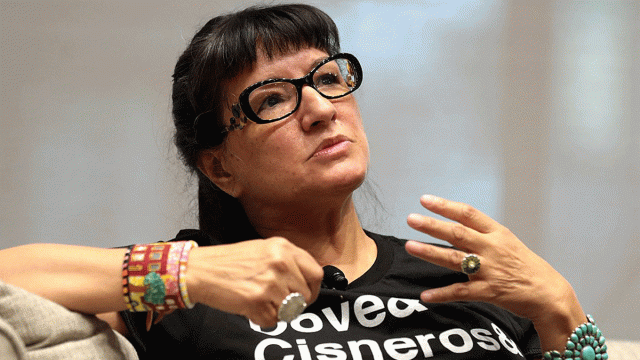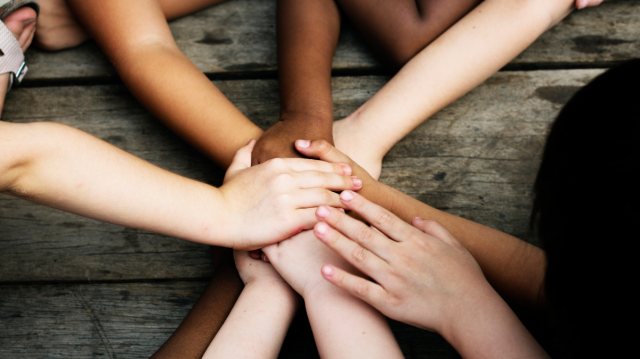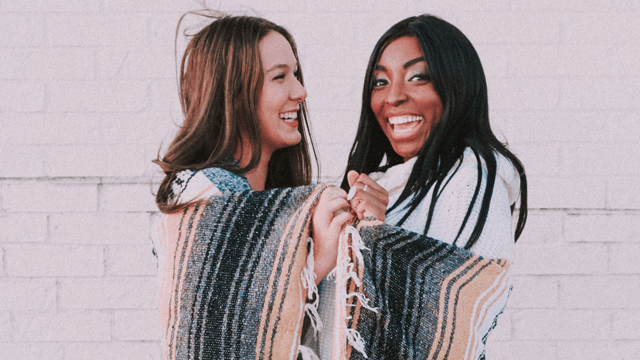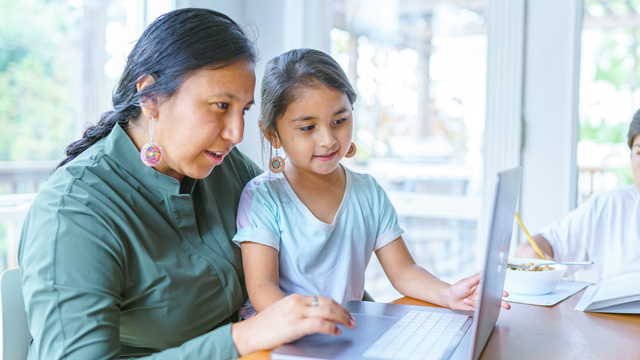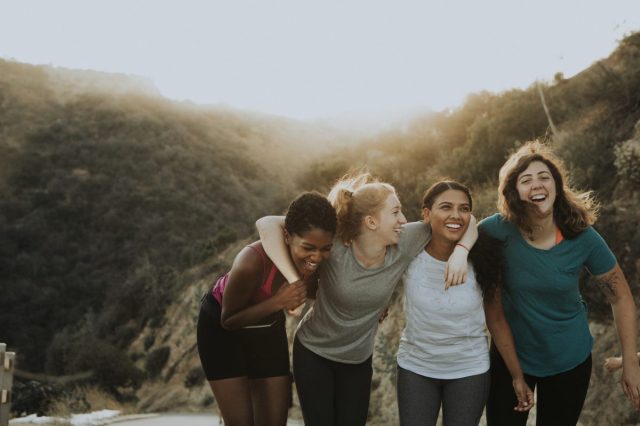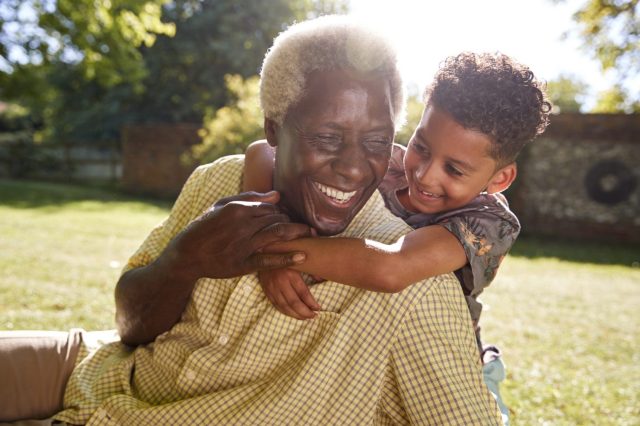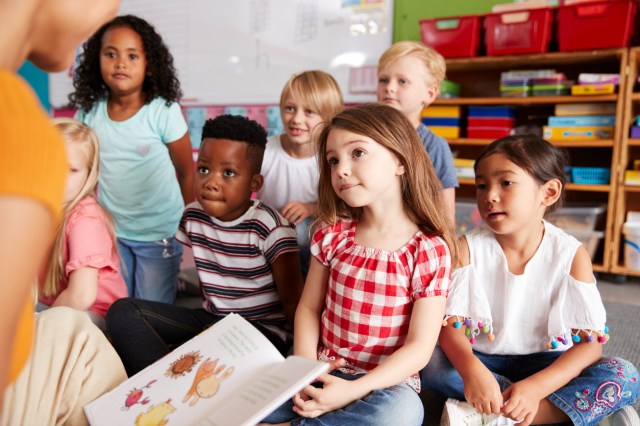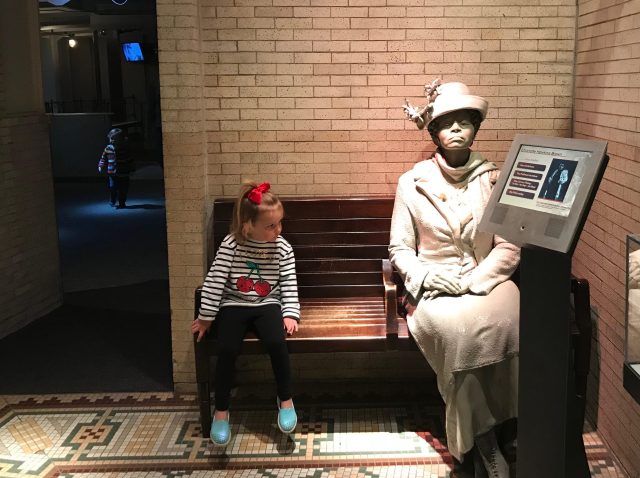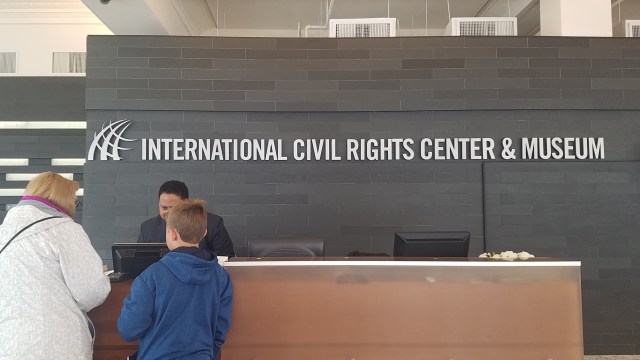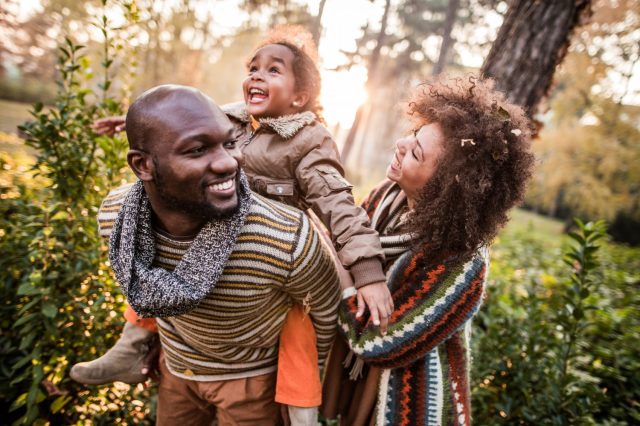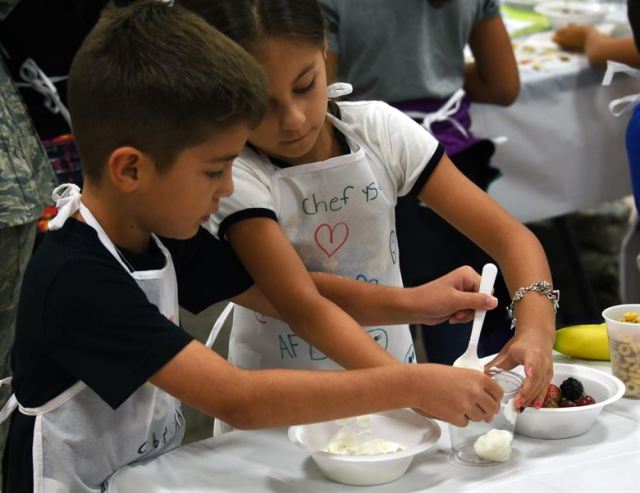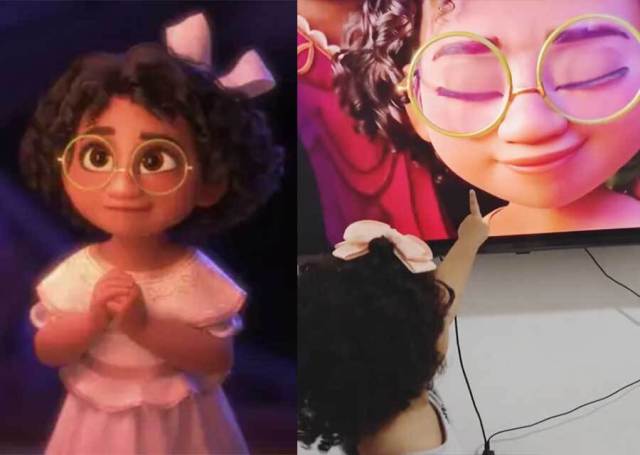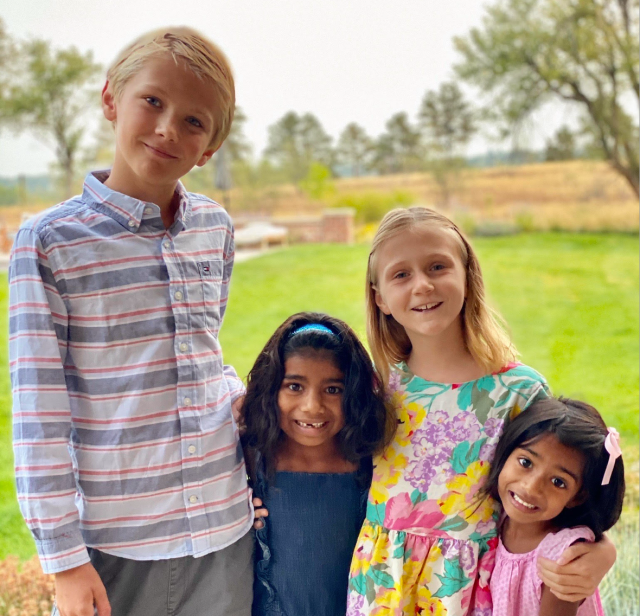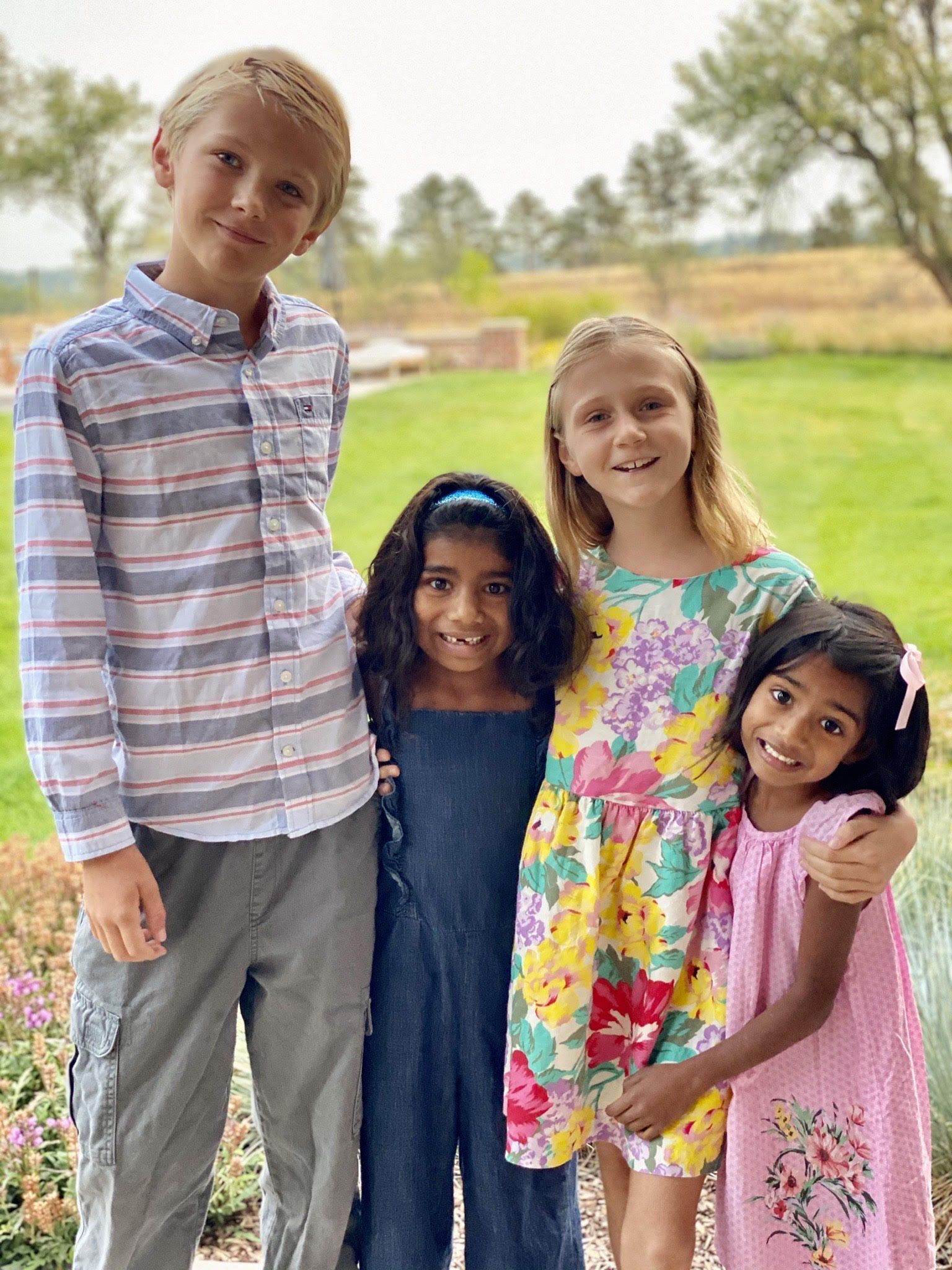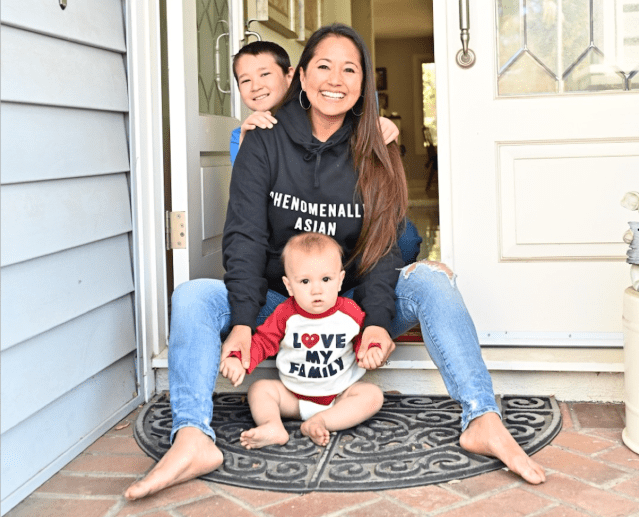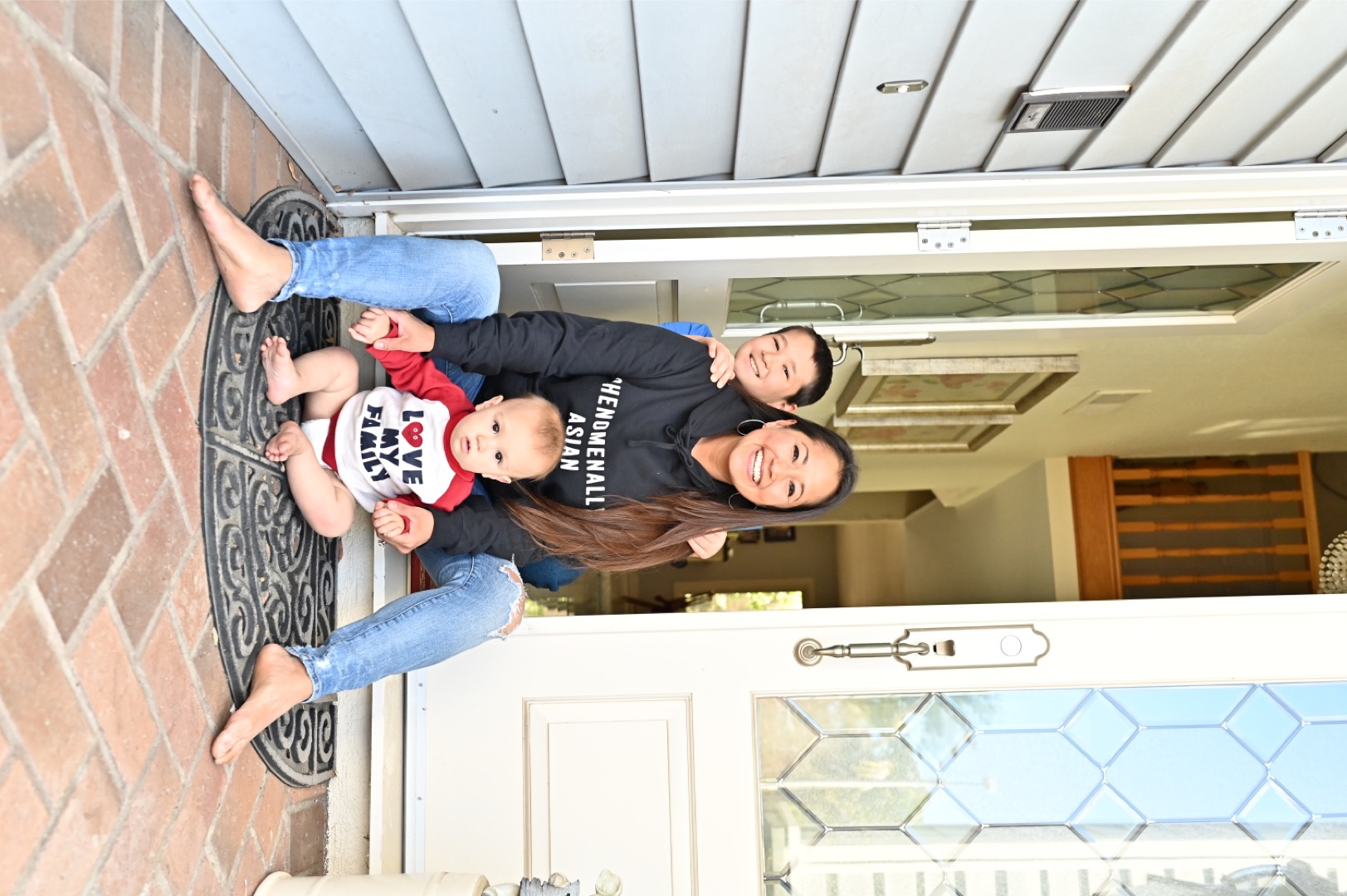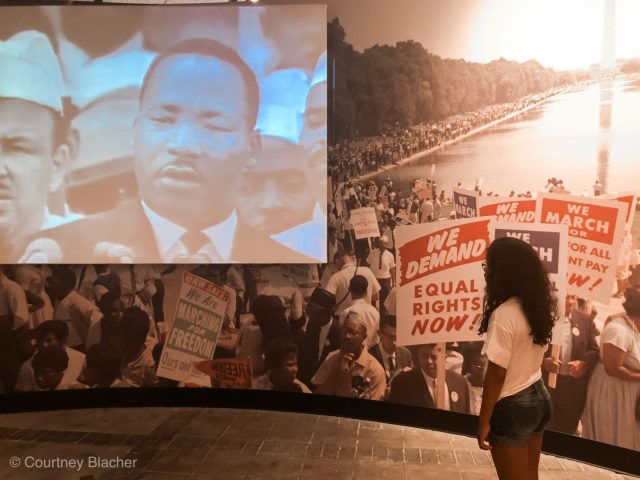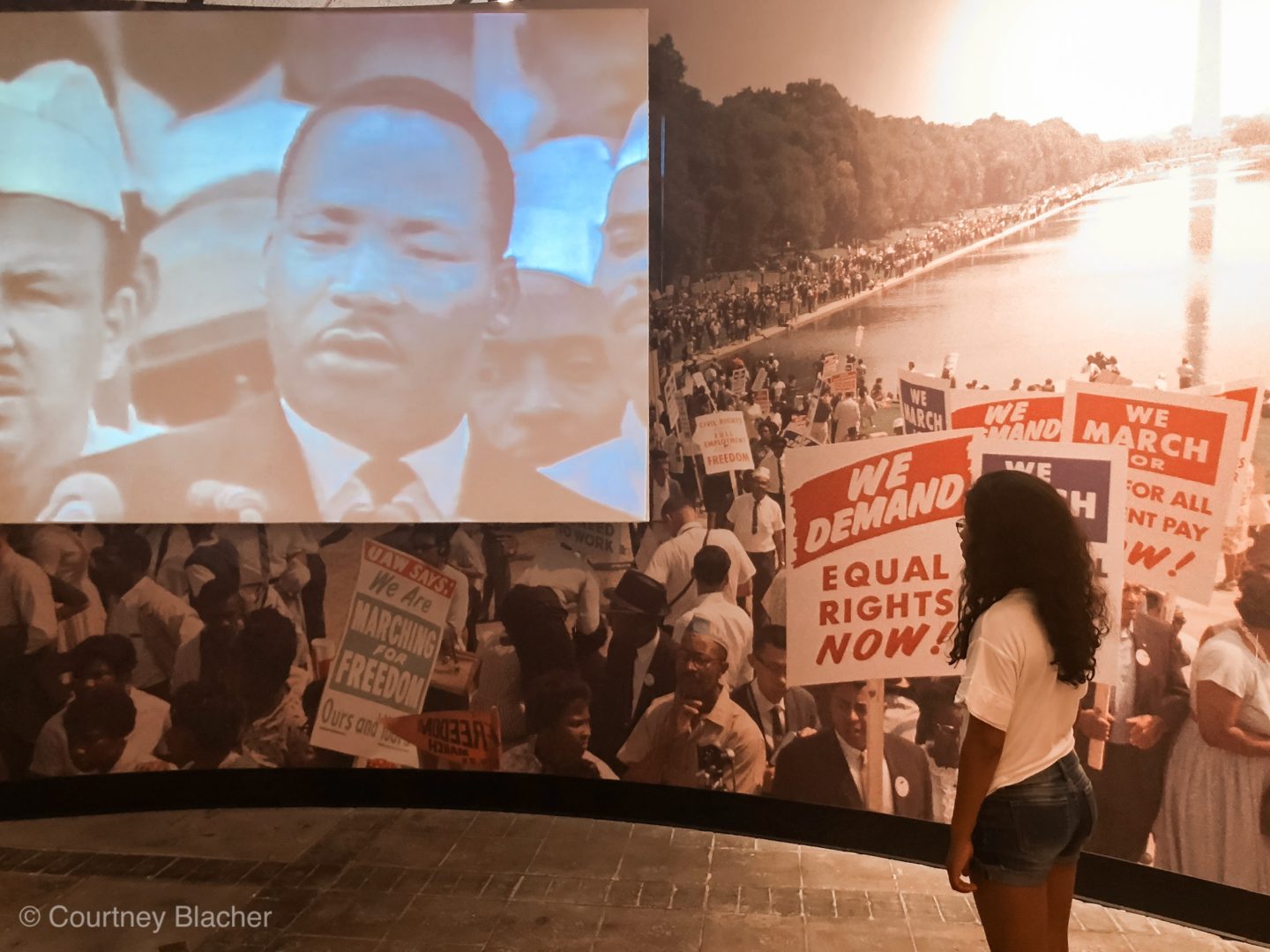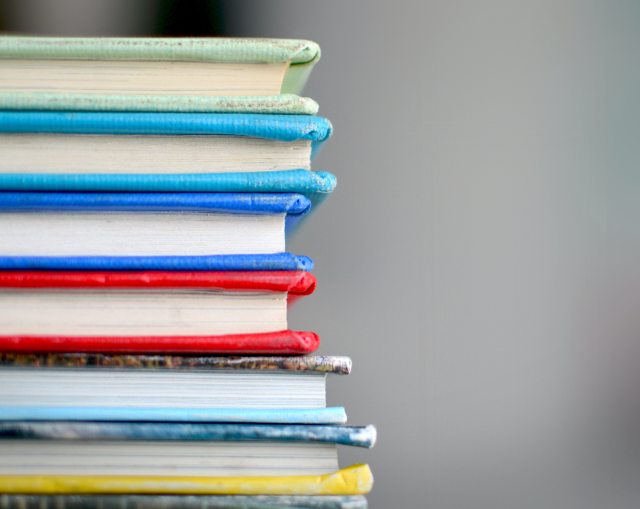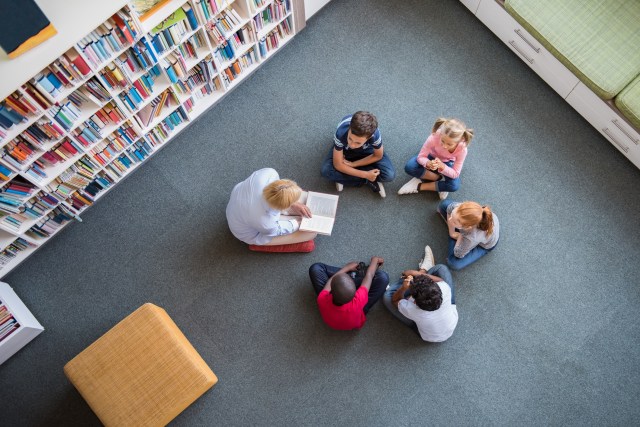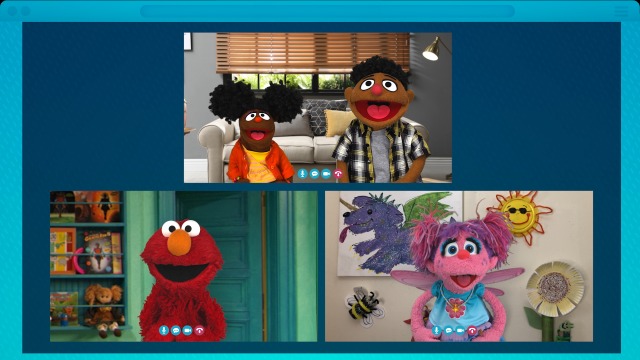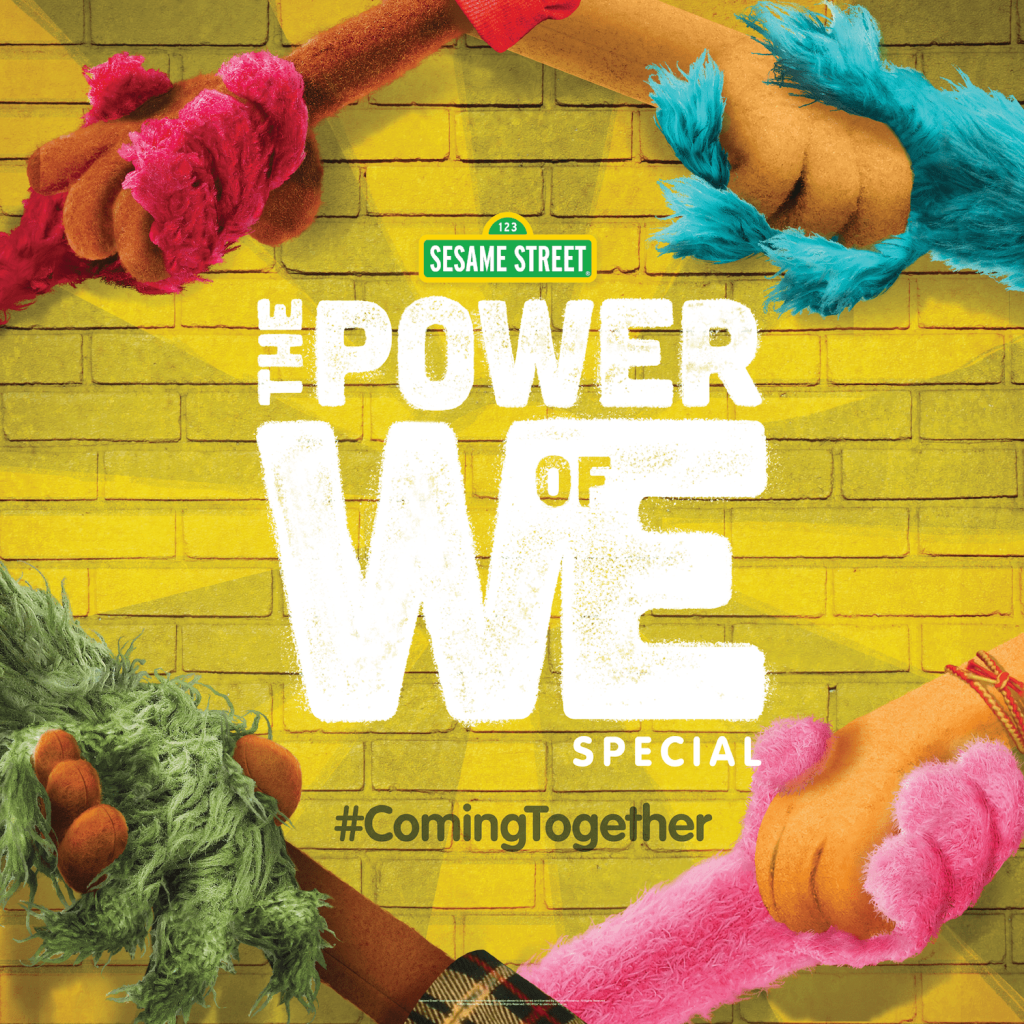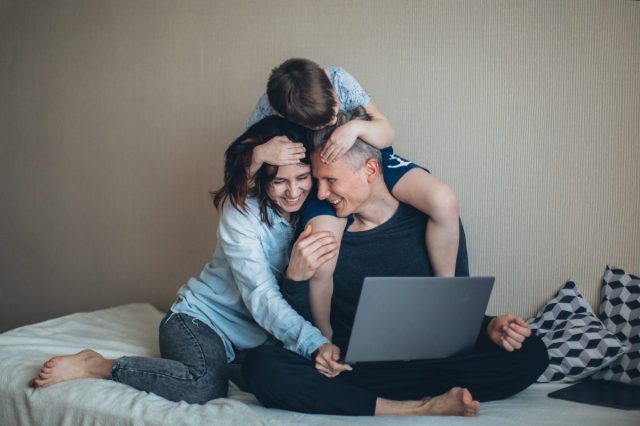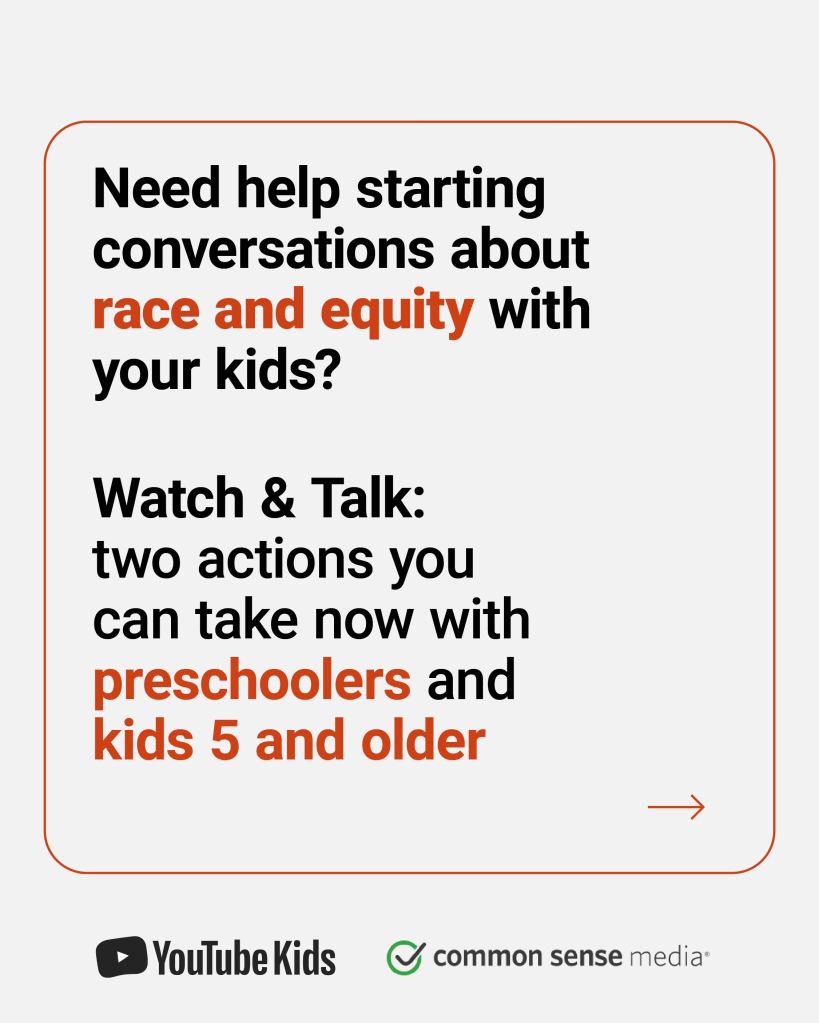From artists to astronauts and writers to politicians, many great Hispanic history makers have inspired the world
September is National Hispanic Heritage Month, making it the perfect time to introduce the kiddos to historical figures who changed the world. After all, celebrating the contributions these Latinx and Hispanic heroes have made to our country helps us find unity in our diversity. This list includes social activists, scientists, and artists who have made a lasting impact.
Bianca Jagger
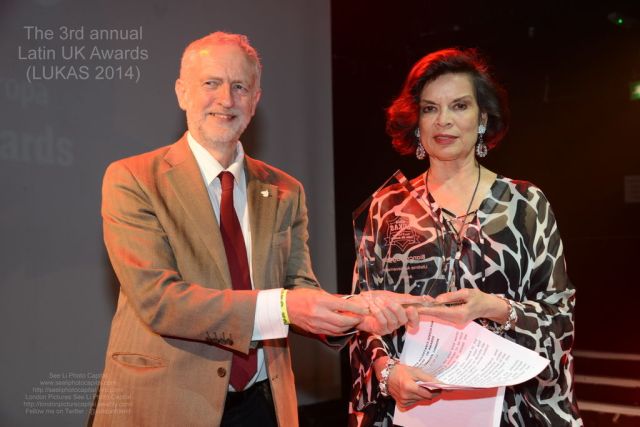
The Nicaraguan-born Bianca Jagger is a former actress and lifelong human rights activist. She founded the human rights foundation that bears her name, which fights to support indigenous people, address climate change and end violence against women and girls. In 1981 she was part of a US congressional delegation that chased after a Honduran death squad to liberate 40 captured refugees.
Related: 22 Black Heroes Your Kids Should Know By Name
Jean-Michel Basquiat
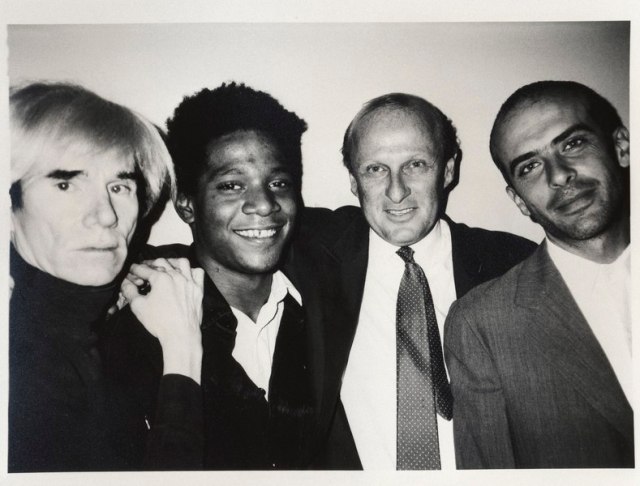
Jean-Michel Basquiat was an American neo-expressionist artist of Haitian and Puerto Rican descent. His art was overtly political, attacking systemic power structures and racism. This Latinx hero's work is still shown globally, years after his death, as the themes he tackled still feel relevant today.
Elizabeth Martinez
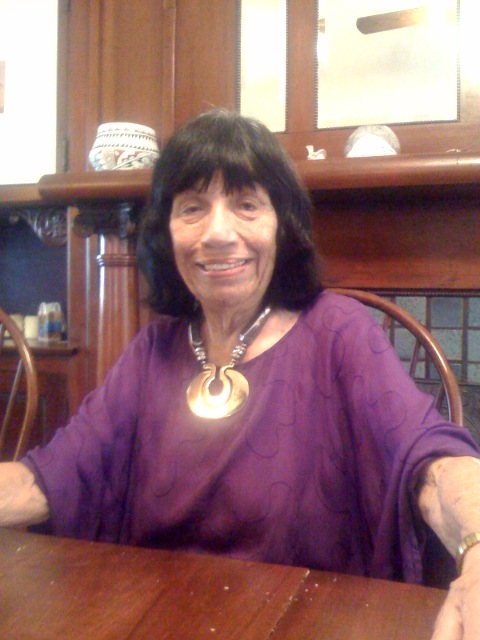
Elizabeth Martinez held many roles during her life—writer, editor, publisher, social activist, and feminist, to name but a few. She helped define the Chicana movement and was one of the early voices to discuss overlapping systems of oppression before the term intersectionality became mainstream. Martinez’s book 500 Years of Chicano History in Pictures is widely taught in elementary and secondary schools.
Luis Alvarez

Luis Alvarez was a physicist who worked on several World War II-era radar projects, including a system that helped guide planes used during the Berlin airlift of 1948. In 1968 he was awarded the Nobel Prize in Physics for his development of the hydrogen bubble chamber.
Ellen Ochoa
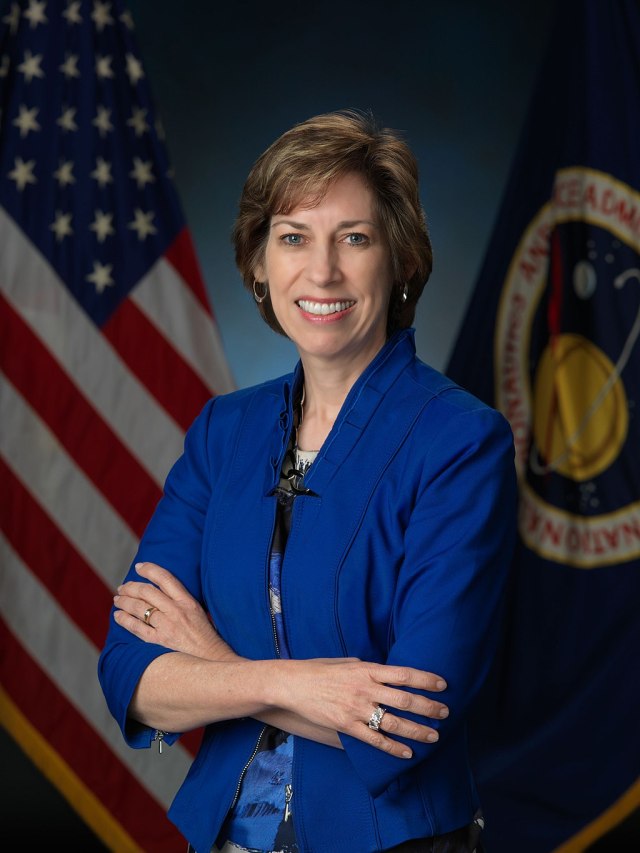
Engineer Ellen Ochoa is a hero who made history as the first Hispanic woman to go to space aboard the Space Shuttle Discovery. She would later go on to become the first Latinx director of the Johnson Space Center.
Franklin Chang-Diaz
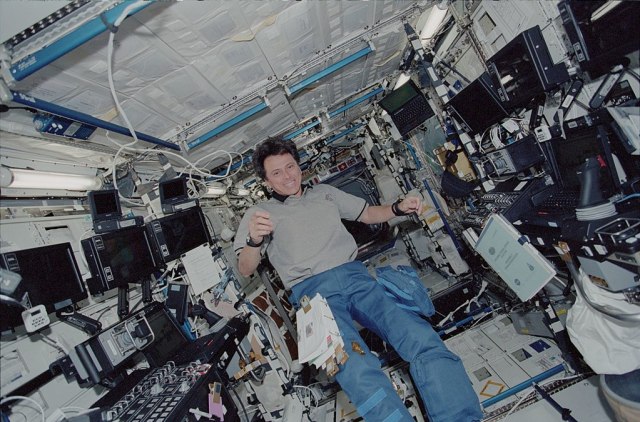
Franklin Chang-Diaz is a physicist who became the first male Hispanic-American astronaut selected by NASA to go into space. He flew seven space shuttle missions and worked on fusion propulsion projects with Mars mission applications.
Juan Felipe Herrera
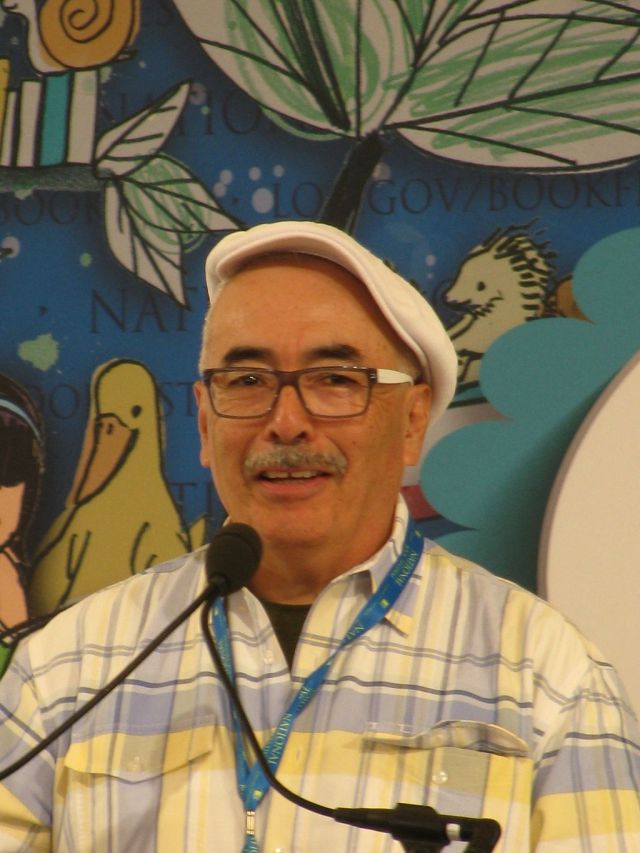
Juan Felipe Herrera was the 21st United States Poet Laureate from 2015 to 2017. His early experiences as a migratory farm worker in California have strongly influenced his creative works, such as 187 Reasons Mexicanos Can’t Cross the Border.
Alexandria Ocasio-Cortez
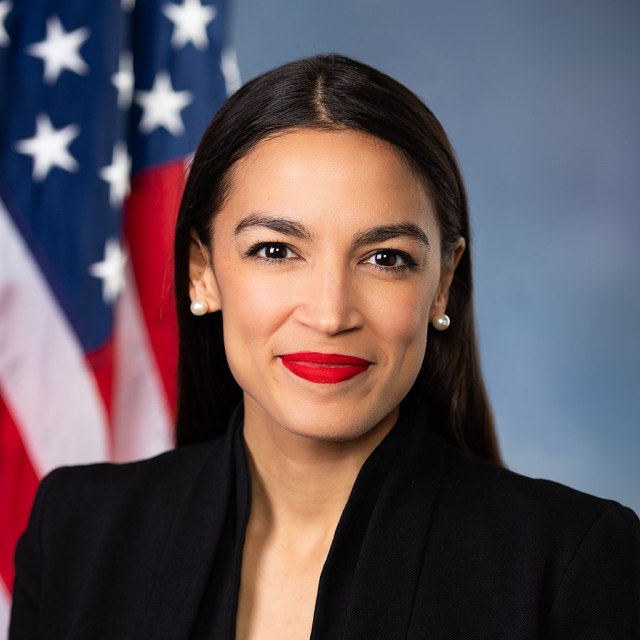
Alexandria Ocasio-Cortez is the youngest woman ever to serve in the United States Congress. Her victory over Joe Crowley is widely regarded as one of the biggest upsets of the 2018 midterm primaries. Since taking office, this Latinx hero has worked on issues around climate change and low-wage workers' rights.
Baruj Benecerraf
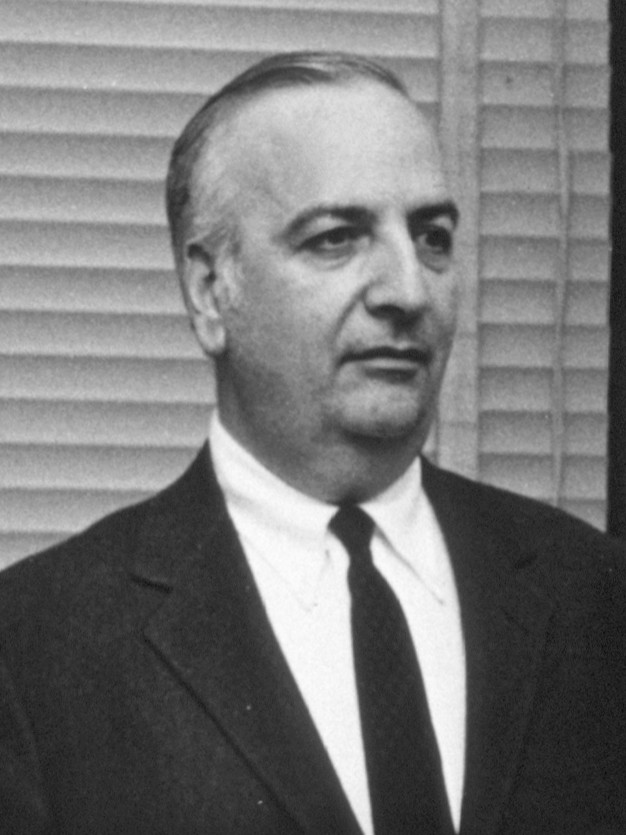
Baruj Benacerraf was an immunologist who uncovered the process that the immune system uses to identify which cells belong in our bodies, and which should trigger an immune response. He, Jean Dausset, and George D. Snell earned a Nobel Prize in 1980 for their discovery.
Sandra Cisneros

Sandra Cisneros is a writer best known for her book The House on Mango Street. She is generally acknowledged as the first Mexican-American writer to be published by a mainstream publisher. She is a key Chicana literary figure both in Texas and among the Mexican diaspora.
Maribel Dominguez

Mexico-born soccer player Maribel Dominguez immigrated to the US in 2002 to play for the Kansas City Mystics and went on to play for the Chicago Red Stars during the 2013 season of the National Women’s Soccer League. She made international headlines in 2004 when she signed with Atletico Celaya (a men’s team in Mexico), but FIFA barred her from joining the club.
Jorge Ramos
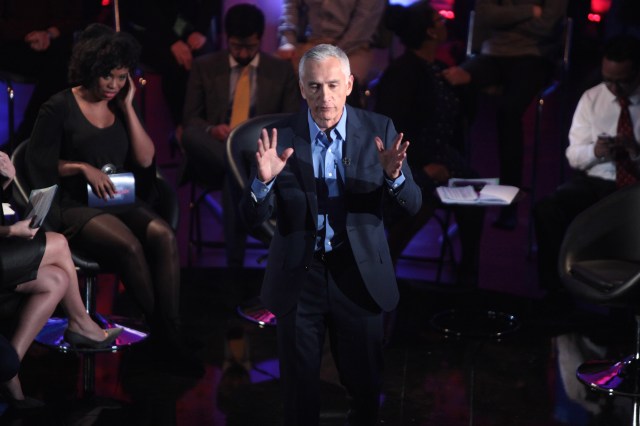
Jorge Ramos is a Mexican-American journalist for the Spanish-language news network Univision. Based in Miami, he is a trusted news source among the national Hispanic community. He earned the Walter Cronkite Award for excellence in television political journalism in 2017.
Related: 81 Amazing Facts Every Kid Should Know
Nicole Hernandez Hammer

In 1992, when she was only 16 years old, Nicole Hernandez Hammer lost her South Florida home to Hurricane Andrew. It was a defining moment that led Hammer to study climate science and sea-level rise, which can disproportionally affect Latinx communities. Hammer served as a climate science advocate at the Union of Concerned Scientists and her work was so prominent that she was First Lady Michelle Obama's guest at the 2015 State of the Union address.
Raul Julia
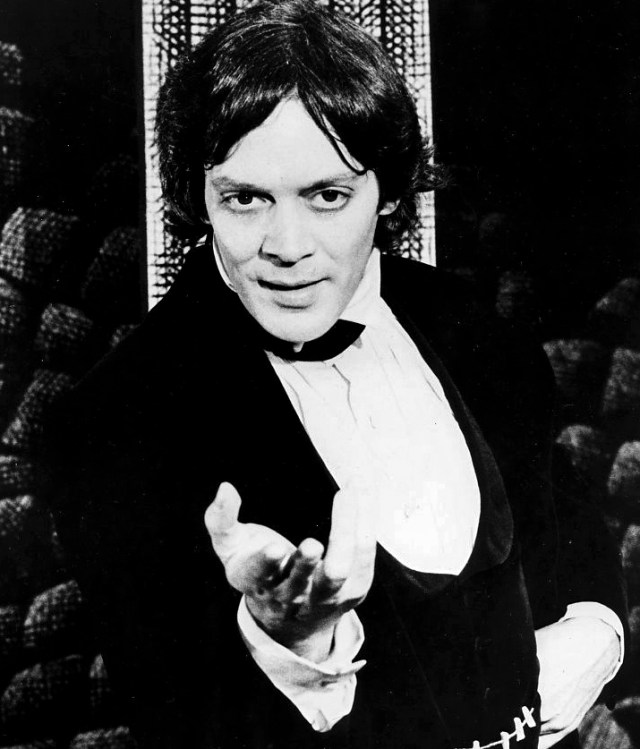
For many, Puerto Rican actor Raul Julia was best known for his role as Gomez Adams of The Addams Family. But his acting career spanned both screen and theatre, earning him a nomination for the Tony Award and two nominations for the Golden Globe Award. He won a posthumous Golden Globe, Primetime Emmy, and the Screen Actors Guild Award for his work in The Burning Season.
Sonia Sotomayor
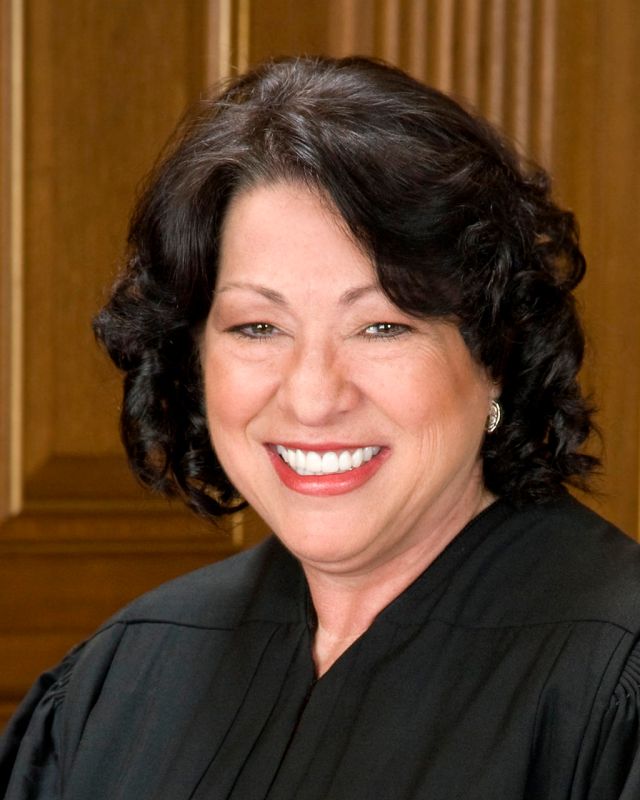
Sonia Sotomayor is the first Latina to become a member of the US Supreme Court. Born in the Bronx in New York, she self-identifies as Nuyorican—a member of the Puerto Rican diaspora located in New York City. She has written dissenting opinions on issues of racial and ethnic profiling.
Sylvia Mendez
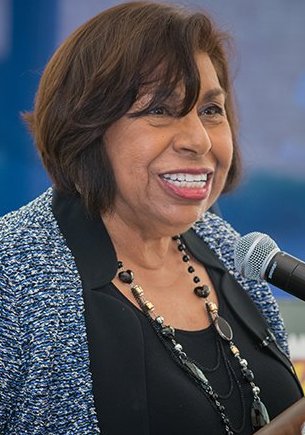
Sylvia Mendez is a Mexican-Puerto Rican American who played a key role in desegregating California schools. When the Westminster school district declined to admit the Mendez children into the local school due to their skin color, the family took the district to court. In the 1947 federal court case Mendez v. Westminster, the court ruled that forced segregation was unconstitutional, setting a precedent for ending segregation in the US.
Cesar Chavez
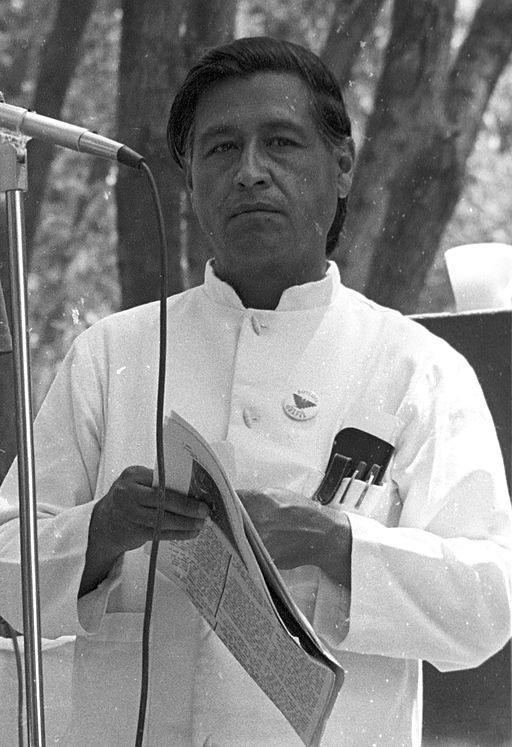
Cesar Chavez is a Hispanic hero best known as the civil rights activist and labor leader who co-founded the National Farm Workers Association with fellow activist Dolores Huerta. His work led to the passing of the California Agricultural Labor Relations Act of 1975, which granted farmworkers the right to collective bargaining. In 1994 he post-humously received the Presidential Medal of Freedom.
Related: 4 New Inspiring Books to Read to Your Kids Right Now
Raffi Freedman-Gurspan
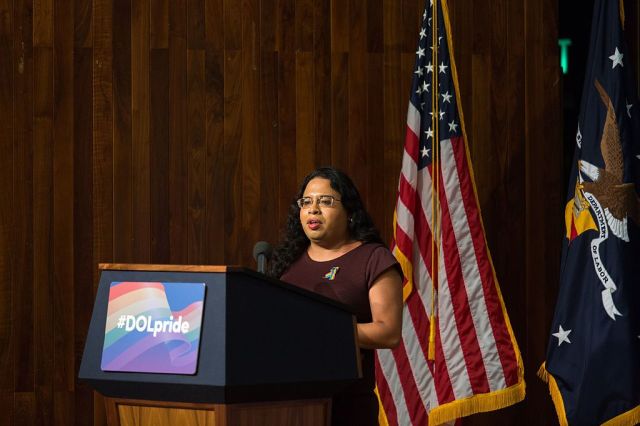
Raffi Freedman-Gurspan is a transgender rights activist. In 2015 she became the first openly transgender person to work as a White House staffer for President Barack Obama. Freedman-Gurspan has worked on criminal justice and incarceration reform, homeless shelter policies as well as other issues facing transgender people of color.
